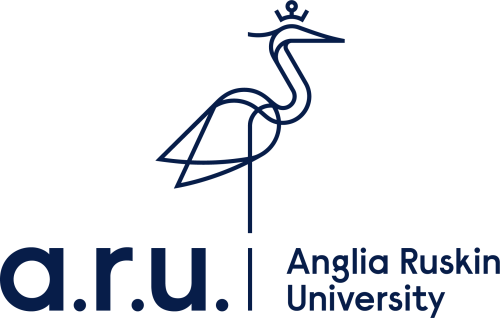We use cookies to improve and customise your experience, for analytics and metrics, and to track any purchases you make both on this website and on others. To find out more about the cookies we use see our cookie policy
More info
- Exciting creative work in a fast-paced environment
- Option to become self-employed or set up your own design agency
- May have to work overtime to meet important deadlines
The role of the art editor is to make sure that published content, in print or online, looks great and is engaging for readers.
DAY-TO-DAY DUTIES
- Laying out pages using the most suitable graphics and photographs
- Discussing ideas with colleagues like journalists and editorial staff
- Hiring and working with freelance designers, illustrators and photographers
- Producing cover designs
- Setting an overall look and style for each issue
- Redesigning the publication to keep it up-to-date
- Making sure the layout of apps and digital magazines works well
- Managing photo shoots
DAY-TO-DAY ENVIRONMENT
You could work for a magazine, an online publisher, or another business that publishes content. You are likely to be based in a creative studio, an office and may have the option of working from home. Art editors will usually work office hours but may be expected to work flexibly to meet deadlines.
You'll need
To become an art editor, you'll need creative ability and a good eye for detail as well as organisation skills and the ability to work to tight deadlines.
There are no set entry requirements but you could get started by choosing art and design subjects at school and you could go on to study art related subjects at University. Relevant degrees include graphic design, illustration, fine art, art and design, and publishing. You could still become an art editor without a degree if you have a strong portfolio of examples of your work. Paid or unpaid work experience, or a foundation course in art and design, are good ways to build your portfolio.
As an alternative route you could apply for a job as an assistant editor after completing a college course. Relevant subjects include Level 3 Diploma in Photography, Level 4 Higher National Certificate in Art and Design, or Level 4 Diploma in Interactive Design and Development.
Or, you could join a magazine as a graphic designer and progress to art editor. Having an interest in the subject of a specialist magazine, like sci fi, sport or fashion can help.
Internships can be a good way to get experience. This will help you to build a portfolio that showcases your print designs and art layout skills to employers. It will also give you a better understanding of the magazine industry.
You should look to build up your profile and contacts in the industry to help find paid work. You can do this by creating a blog or having a social media presence, building a website, or designing published materials such as books, magazines, brochures, leaflets or websites for charities or student organisations. You may find it useful to join the Professional Publishers Association (PPA) for professional recognition, training opportunities and to make industry contacts.
CAREER PROSPECTS
With experience you could progress to become an art director, or move to advertising agency work. You could use your experience and industry contacts to become self-employed or set up your own design agency.




